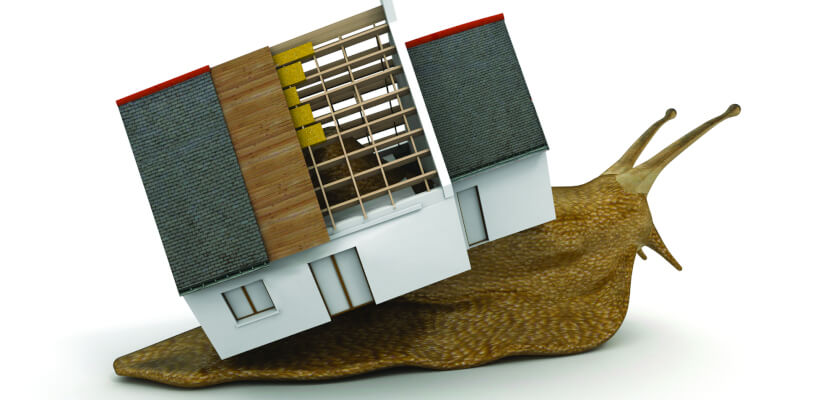Housing credit slowed to lowest point since 2013
The expansion of housing credit has slowed right down, according to the analysis of RBA data by CoreLogic. Here’s what it means for investors.

Analysing private sector credit figures for April 2018, Cameron Kusher, CoreLogic research analyst, has determined that housing credit has slowed down to levels which have not been seen since June 2013, at a percentage of only 0.4 per cent. The situation is particularly dire for investors and is expected to get worse.
“Over the past 12 months, housing credit has increased by 6.0 per cent which is its slowest annual increase since March 2014,” Mr Kusher said.
“Over the month, we saw owner occupier credit increase by 0.6 per cent while investor credit expanded by just 0.1 per cent and expanded at its slowest monthly rate since December 2016 while investor credit expanded at its slowest pace since March 2016.
“In the recent housing market downturns, investor credit growth has typically slowed much more than owner occupier. However, given investors have been a substantial driver of housing demand over recent years, it is reasonable to expect that investor credit growth will slow further from here as values in the most investor-centric markets (Sydney and Melbourne) continue to fall.”
Housing credit for owner occupiers was also found to be holding firmer than for investors, as housing credit expanded 8 per cent for owner occupiers and 2.3 per cent for investors.
As of the end of April 2018, $1.755 trillion was credit-outstanding to Australian authorised desposit-taking institutions for residential housing. This figure is trending lower than usual; according to Mr Kusher, lowering outstanding credit is a sign of housing market downturn. As a result, Mr Kusher predicts the outstanding credit to decline further as dwelling values decline.
The housing credit slowdown, according to the CoreLogic analyst, has been driven by three factors: APRA’s removal of the 10 per cent investor loan growth, loan serviceability being calculated from an interest rate of at least 7 per cent and lenders charging premiums of 60 basis points on interest rates for investors.
“Although the 10 per cent speed limit is set to be lifted from July 1st, the likelihood of a rebound in housing credit remain low. The 30 per cent cap on interest-only lending has a much more broad-based dampening effect on investor activity,” Mr Kusher said.
“Add to this the fact that APRA is now focusing more on minimising debt to income ratios higher than six and maintaining a focus on keeping low deposit lending to a minimum and banks are stepping up their scrutiny on borrower expenses and incomes.
“The net effect is likely to be further tightness in housing credit which will continue to constrict housing market activity and reduce prospects for price appreciation.”
